Babies are ready to start trying solid foods around 6 months. You will know if they're ready if they're able to sit up and hold their head up. See our guide on signs they are ready to find out more.
What types of foods can they have?
At 6 months, your baby can start to eat a whole range of tasty foods – as long as they’re low in sugar and salt. You can start giving your baby:
- Eggs – cook until the yolk and white are solid. Unless they have the British Lion Stamp which means runny yolk is fine.
- Vegetables and fruit. Foods like grapes and tomatoes need to be cut up into quarters as babies can choke on them. It’s safer to cut food into match stick shapes rather than cubes.
- Dairy foods (pasteurised cheese, plain yogurts, plain fromage frais, full fat milk sauces)
- Foods that contain gluten (cereals, rusks, pasta, bread and flour)
- Fresh fruit juices are good for vitamin C but they are acidic and high in sugar. They should only be given in small amounts (no more than half a cup is perfect), whether unsweetened or diluted (1 part juice to 1 part water is a good guide).
- Soft berries
- Fish and shellfish
- Peanuts. Supermarkets sell whole nut butters that are made with 100% nuts.
- Soya products (tofu and vegan alternatives like quorn and soya products)
You can find out more about what your baby can eat here. If you’re worried about food allergies then this page should put your mind at ease. Have a look at our page on first food recipes for some great first menu ideas.
What types of food can’t they have?
Things to avoid giving your baby at 6 months are:
- Honey
- Adult ready meals
- Cakes, sweets and chocolate
- Crisps.
How to prepare the foods
At the very start, giving your baby solid food isn’t about filling up their tummies, but it’s about exploring different textures and tastes so they get used to food and they enjoy eating when they’re older.
The best way of exploring different textures is by mashing the food or giving then finger foods.
See our guide on first foods, tastes and textures for more details.
How much does a 6-month-old eat?
Until your baby is around 9 months, they’ll be getting most of what they need from milk. When you introduce solid food you need to keep them on the same milk routine, no matter whether they are breastfeeding or formula feeding.
When you’re ready to give them food, try offering between 2-4 teaspoons of mushed food, or a couple of pieces of soft finger foods (like boiled broccoli). Remember, this stage is getting them used to trying foods – so try not to worry if they don’t eat or if they gag or spit food out at first.
When to feed your baby
Start offering food when it suits you. Remember to give yourself enough time, as your baby will take a while to get used to trying and playing with the foods.
As the days go on, this is a handy guide for when to give your baby meals:
- Continue to breastfeed or formula feed responsively, including night feeds, and start with a small amount of food – 2-3 spoonful’s once a day and gradually build up the quantity at each meal and number of meals.
- Aim to be offering 3 meals a day by 12 months.
- The baby should also be able to feed themselves and drink water from a cup.
- After 12 months they’ll need more calories in the form of 2-3 extra healthy snacks between meals, as they’ll be on the move more.
Top tips at 6 months
"Get used to gagging! It isn’t nice to see but try to keep calm when it happens"
"Make sure food batons are soft. When they’re boiling in the pot, stick a knife through and if they slide off the knife quickly then you know they’re ready"
"If you feed your baby with warm food, check the temperature by placing the spoon on your lip. If it feels hot or very warm, then it’ll be too hot for them"
"Enjoy the process! Babies can sense the fear! Prepare for lots of mess and lots of laughs."
 Activities & Play
Activities & Play Behaviour
Behaviour Childcare
Childcare Development & Growing Up
Development & Growing Up Family, Friends & Relationships
Family, Friends & Relationships Feeding Your Baby
Feeding Your Baby Food & Eating
Food & Eating Health & Safety
Health & Safety Mental Health & Wellbeing
Mental Health & Wellbeing Money & Work
Money & Work Online Behaviour & Safety
Online Behaviour & Safety Pregnancy & First Days
Pregnancy & First Days School & Education
School & Education Sleep
Sleep

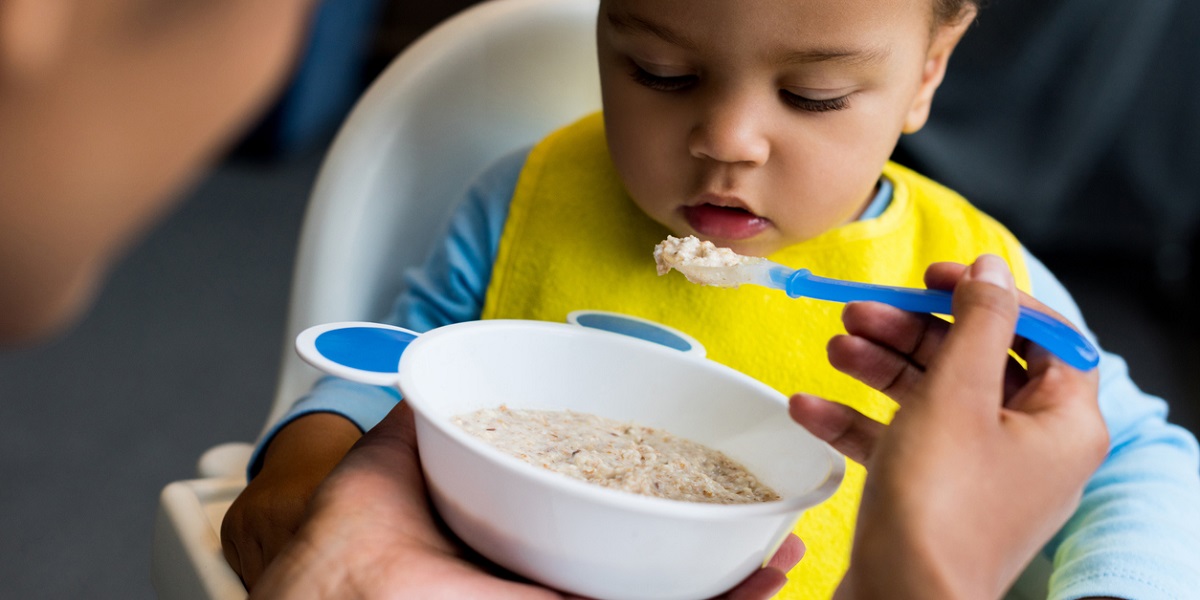

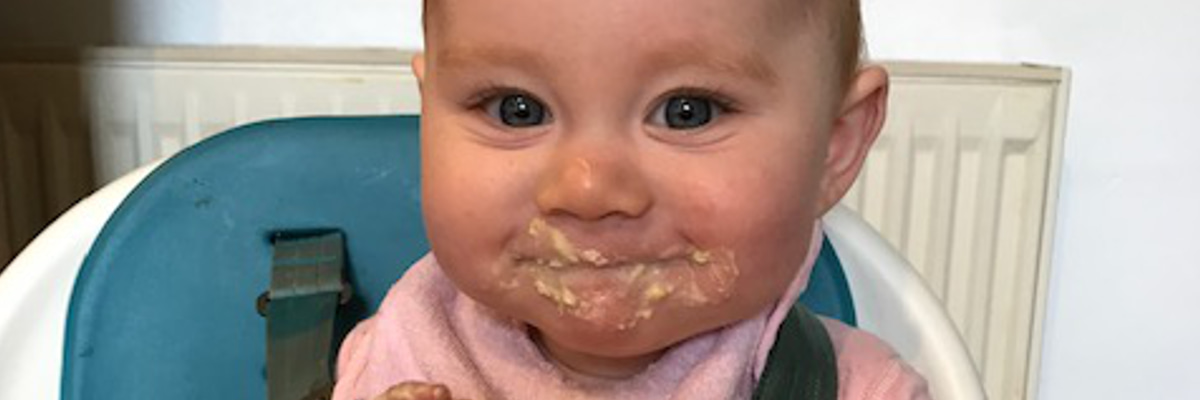
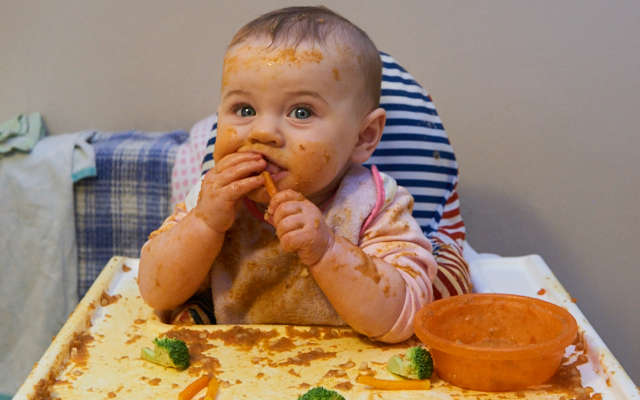
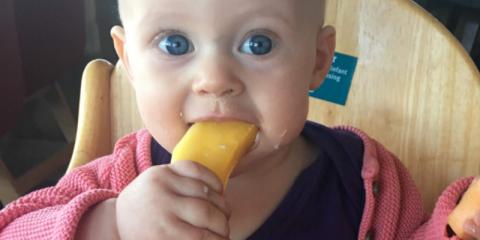
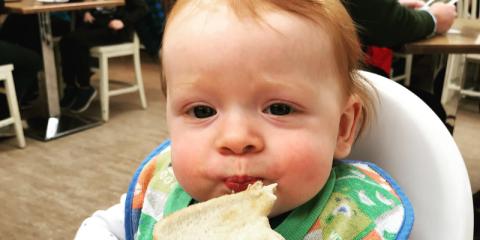
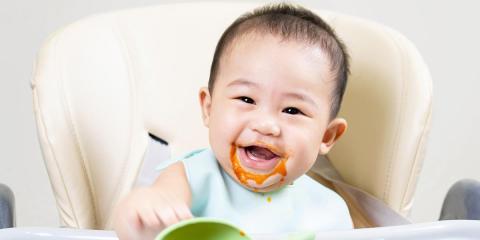
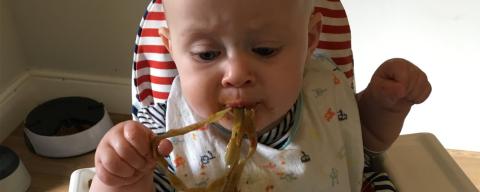
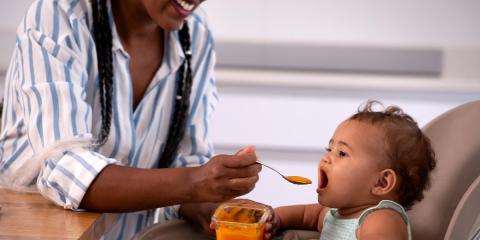


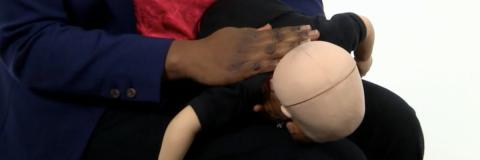
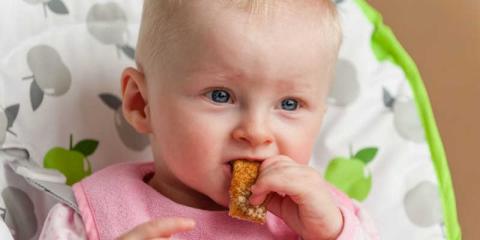
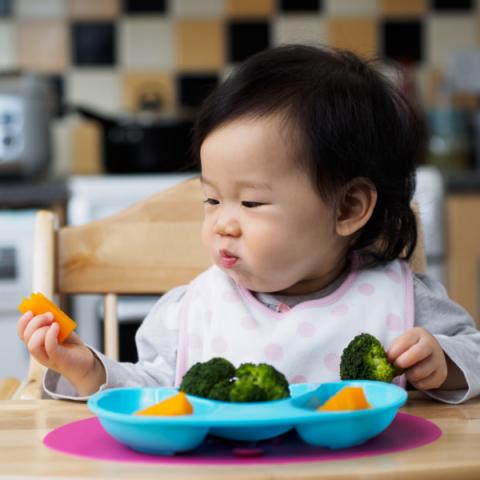

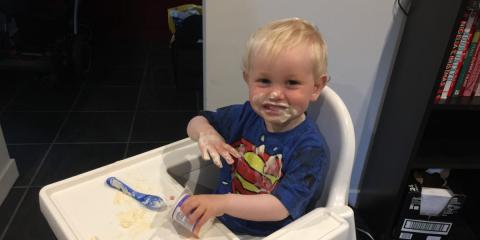
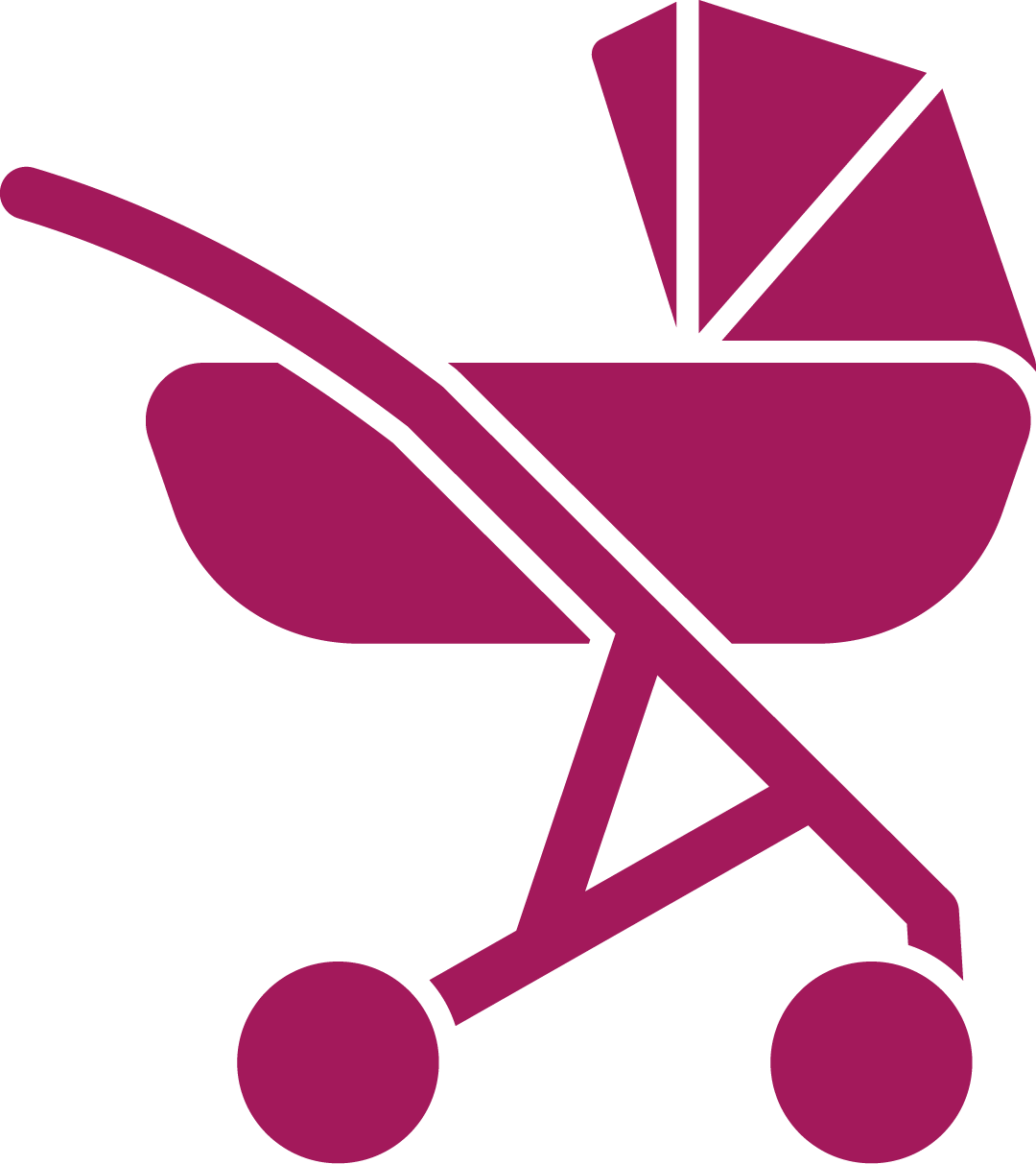 Pregnancy & First Days
Pregnancy & First Days
 Sleep
Sleep